Electroplating Services for Enhancing Performance, Protection and Precision in Engineering
In an age of advanced composites and digital design, the time-tested process of electroplating services continues to play a critical role in modern engineering. Whether it’s delivering corrosion resistance, improving electrical conductivity, or achieving a precise aesthetic finish, electroplating remains indispensable across numerous high-spec industries.


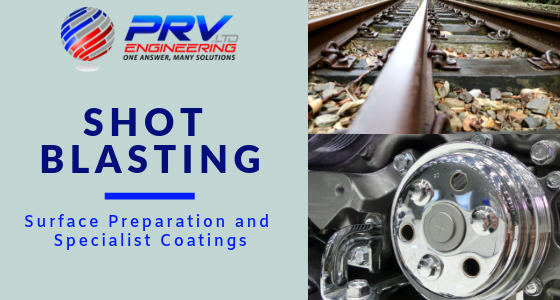


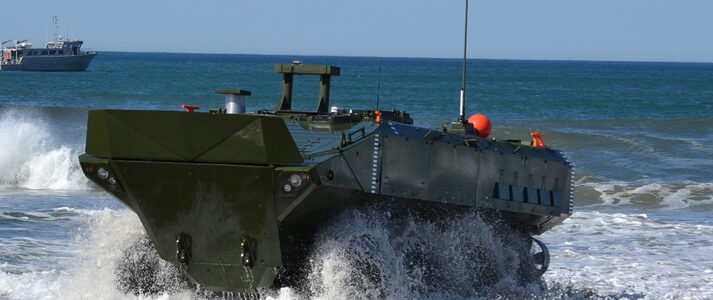


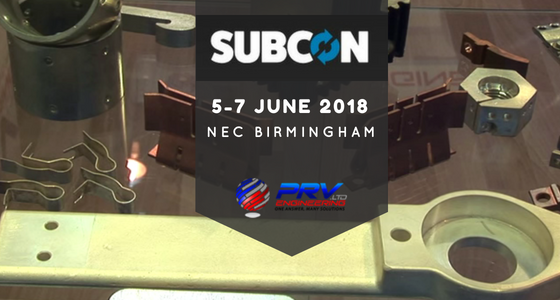
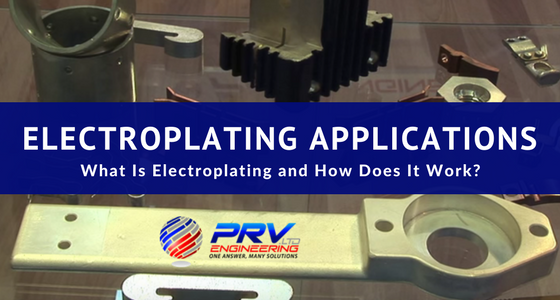
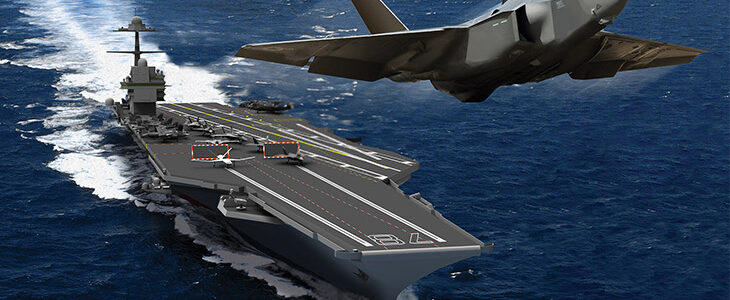
Recent Comments